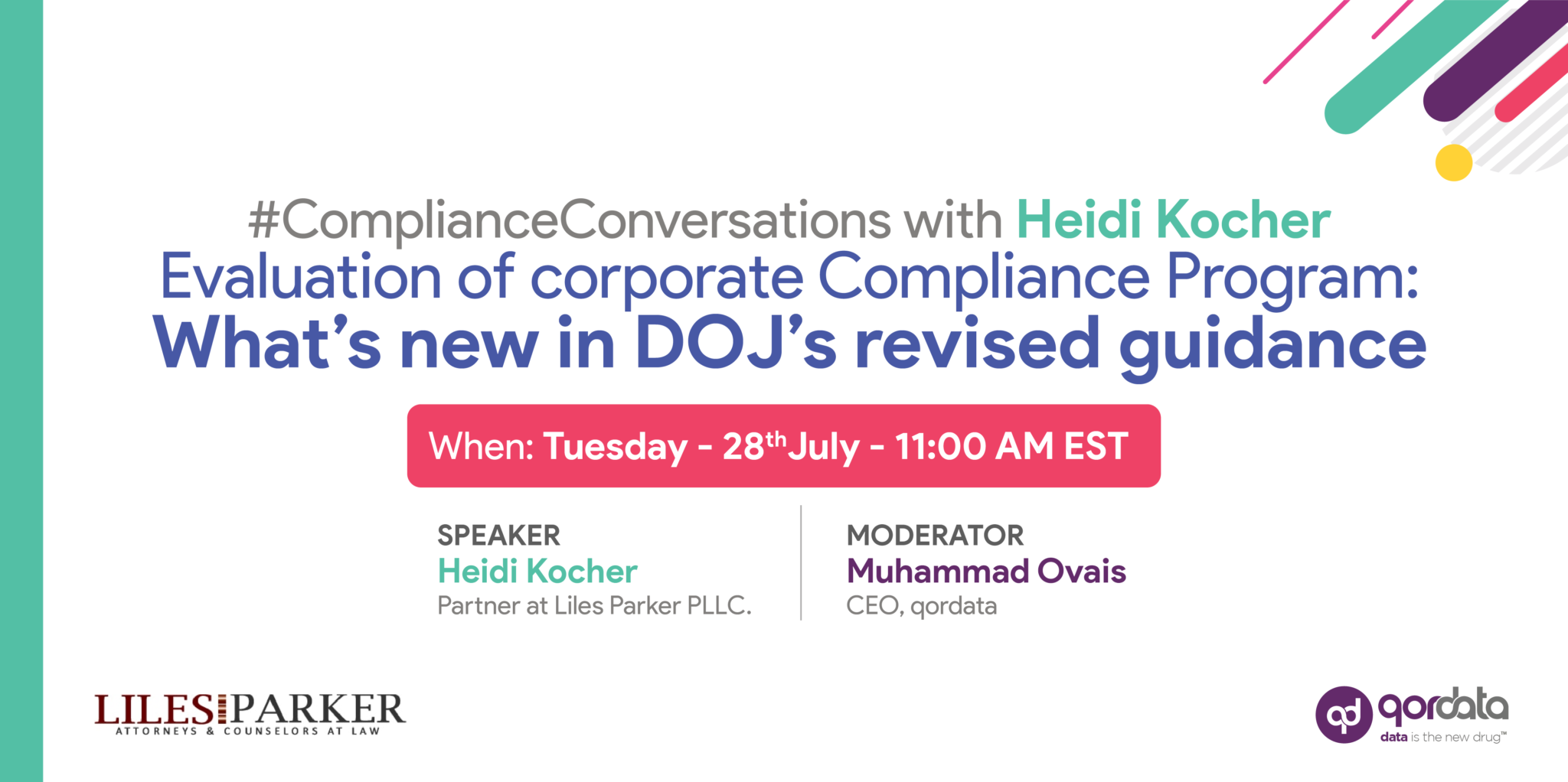Table of Contents
ToggleBefore delving into the mechanics of Sunshine Act reporting, it is useful to reflect on the history and rationale behind this significant piece of legislation.
The Physician Payments Sunshine Act, now known simply as the Sunshine Act, was signed into law by President Barack Obama on March 23, 2010, as part of the Patient Protection and Affordable Care Act (ACA). The legislation itself was primarily sponsored by Senators Charles Grassley (R-IA) and Herb Kohl (D-WI).
Its goal was to increase transparency in the healthcare sector, particularly around the financial relationships between manufacturers of drugs, medical devices, biologics, and physicians or teaching hospitals.
Concerns about potential conflicts of interest and their implications for patient care and healthcare costs had been mounting for years. Policymakers believed that by making these relationships public, it would be easier to assess whether they were influencing medical decision-making unduly.
However, the implementation of the Sunshine Act did not happen overnight. The CMS spent two years after the ACA’s passage soliciting public comment and crafting the final rules. The first data collection started in 2013, and the initial disclosures were published in September 2014 on a publicly accessible database now known as the Open Payments database.
Since then, this Act has created a paradigm shift in the healthcare industry, driving more transparent and ethical practices. It has certainly brought challenges to healthcare providers and manufacturers, necessitating new procedures, tools, and training to comply with reporting requirements.
But it has also prompted a broader conversation about the role of money in medicine and the importance of transparency for patient trust and safety.
With this historical context in mind, let’s delve deeper into the intricacies of Sunshine Act compliance.
Defining Key Concepts
A critical component of compliance work involves fully understanding the entities subject to Sunshine Act reporting. There are primarily three categories:
- Applicable manufacturers: These entities produce, prepare, propagate, compound, or convert a drug, device, biological, or medical supply covered by Medicare, Medicaid, or the Children’s Health Insurance Program (CHIP).
- Applicable GPOs: These are organizations that purchase, arrange for, or negotiate the purchase of a covered drug, device, biological, or medical supply.
- Covered recipients: Physicians (excluding residents) and teaching hospitals.
What Needs to Be Reported?
The Sunshine Act dictates the reporting of any ‘transfer of value,’ which it broadly defines as a direct or indirect transfer of anything of value, excluding some specified exceptions like samples intended for patient use.
This could include consulting fees, gifts, food and beverages, travel, education, research, charitable contributions, royalties, license fees, grants, and more.
Reporting Process and Timeline
Applicable manufacturers and GPOs must collect and track payment, ownership, and investment data throughout the year.
The CMS provides an annual reporting template to help entities collect the necessary information in a compatible format.
Typically, data submission begins on February 1 and ends on March 31 of the following year.
CMS then reviews, verifies, and prepares the data for publication. During a 45-day review period in the summer, physicians and teaching hospitals can review and dispute the data before it’s published on the CMS website.
Navigating Common Challenges
Several challenges often arise in Sunshine Act reporting. For example, the Act’s complex rules can make it difficult to determine what constitutes a ‘transfer of value’ or to identify covered recipients accurately.
Additionally, data collection and reporting may be time-consuming and cumbersome, especially for larger organizations.
A robust compliance program can help navigate these issues. Start by establishing clear guidelines and processes to identify and track transfers of value and provide ongoing training to ensure staff understand the requirements. It’s also beneficial to invest in compliance software to automate and streamline data collection and reporting processes.
The Importance of Compliance
Compliance with the Sunshine Act is not just a regulatory requirement—it’s an ethical one.
Transparency in these financial relationships can help to build trust in the healthcare sector, minimize conflicts of interest, and contribute to improved patient care.
Furthermore, failure to comply can lead to significant penalties, including fines of up to $1.15 million for knowing failures to report.
Conclusion
In summary, as a compliance professional, understanding the nuances of the Sunshine Act is essential.
By diligently tracking and reporting transfers of value, your organization not only maintains regulatory compliance but also fosters an environment of transparency and ethical conduct in the healthcare industry.
Remember, compliance is a shared responsibility that requires ongoing vigilance and a proactive approach. Stay abreast of any changes to the Sunshine Act and its reporting requirements to ensure your organization is always one step ahead.
Other Relevant Reads:
- Solving Open Payments Disputes
- The Facts About Open Payments Data in 2024
- Best Practices To Ensure Compliance with Open Payments Sunshine Act
- Increase the Effectiveness of Your CMS Open Payments Reporting Program
- Natures of Payment: Payments Categories Explained
- Sunshine Act Reporting Deadlines for 2024: Federal and State Requirements



